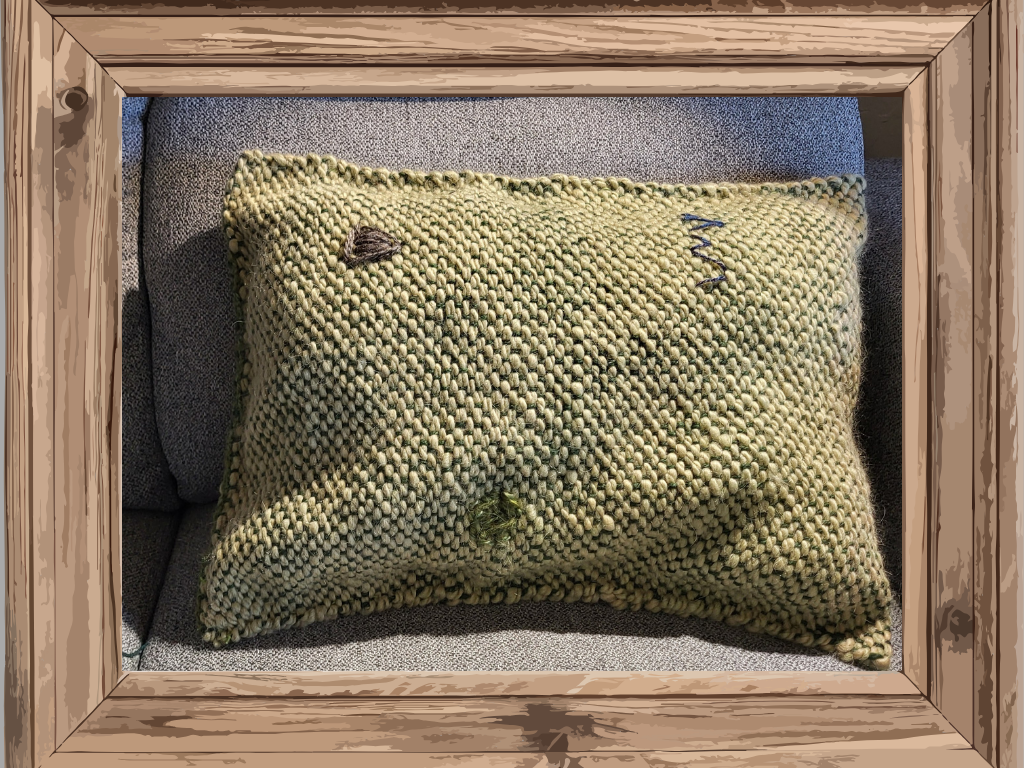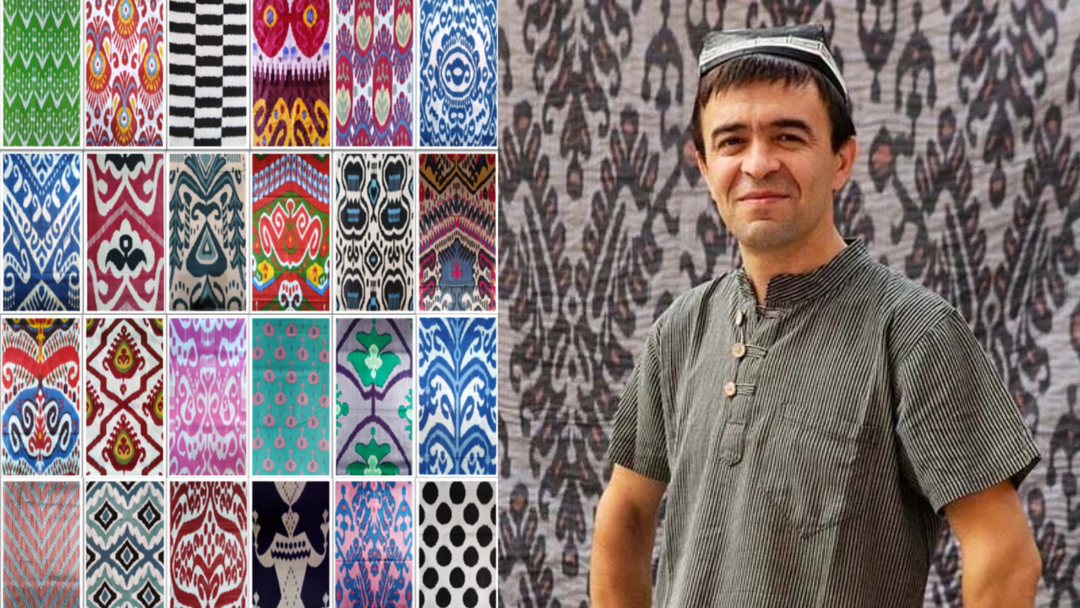Tajik bread ("non") is delicious and always offered to guests as a symbol of hospitality.
In these pandemic days, the idea of travel–of exploring new cultures and landscapes and connecting with new people–seems like a dream. Will we ever be able to travel again? And as Americans, will be ever be welcome again?
In this short video, HoonArts founder Rikki Quintana shares some of the images from her 2015 to Tajikistan, where she and her husband Jim (with the long white beard) experienced the remarkable hospitality for which the country is known. Along the way, you'll meet some of the wonderful people who continue to be the backbone of HoonArts in Tajikistan.
So come join us for a little mini-tour back through these memories and learn more about the cultural traditions of hospitality in Tajikistan. Maybe it will inspire you to expand your exploration--virtually now, and eventually in person. As they say in Tajik, "Nasib. . .", which means something like fate and intense desire all wrapped up in one.
Hospitality is woven so tightly into the Tajik culture that it is a common theme in traditional suzani embroidery. The teapot is often used as the symbol of hospitality, for every gathering or visit comes with the offer of a cup of "choi". And for those of you who have never traveled to Tajikistan, it's usually green tea (or "choi kabut"–which literally translates as "blue tea.")
This traditional "borpush" (bedcover) from the village of Nofin, near Panjakent, is built around the central theme of the tea kettle and hospitality. The red, black and white color scheme is characteristic of the Zerafshan Valley region of northern Tajikistan.

Photo used with permission from Ornaments of Zerafshan Textile, compiled with the research assistance of Munira Akilova, the designer/manager for our artisan group Armughon Handicrafts (the handicrafts arm of the Zerafshan Tourism Development Association).
Munira incorporated this traditional hospitality theme into the small wallhanging "Marhamat" (meaning "welcome"). The design was awarded the UNESCO Award of Excellence in Handicraft.
The teapot symbol in the middle represents hospitality and the long tea drinking traditions of Tajikistan. The surrounding embroidery with tree elements carries the symbols of a long life, good health and inner growth. The five petal flowers inside the bigger round flowers represent humans protected and surrounded by the sun. In Tajik art a circle and the sun symbolize eternity, paradise and love.
The frame is made of traditional patchwork ("quroc") using the pattern called "tumar." This triangular pattern symbolizes protection from the evil eye and expresses the wish to protect the home.
We are lucky enough to have a couple of these lovely wallhangings in stock so you don't have to wait for the end of the pandemic. (We're still waiting for the airports to open and shipping to resume so that our latest orders of various Tajik products can be shipped to the US. They are all finished and ready to go. We're just waiting . . .)

What a wonderful item to grace your home in these challenging Covid times. To learn more and send it winging its way home to you today, just click here.








Leave a comment